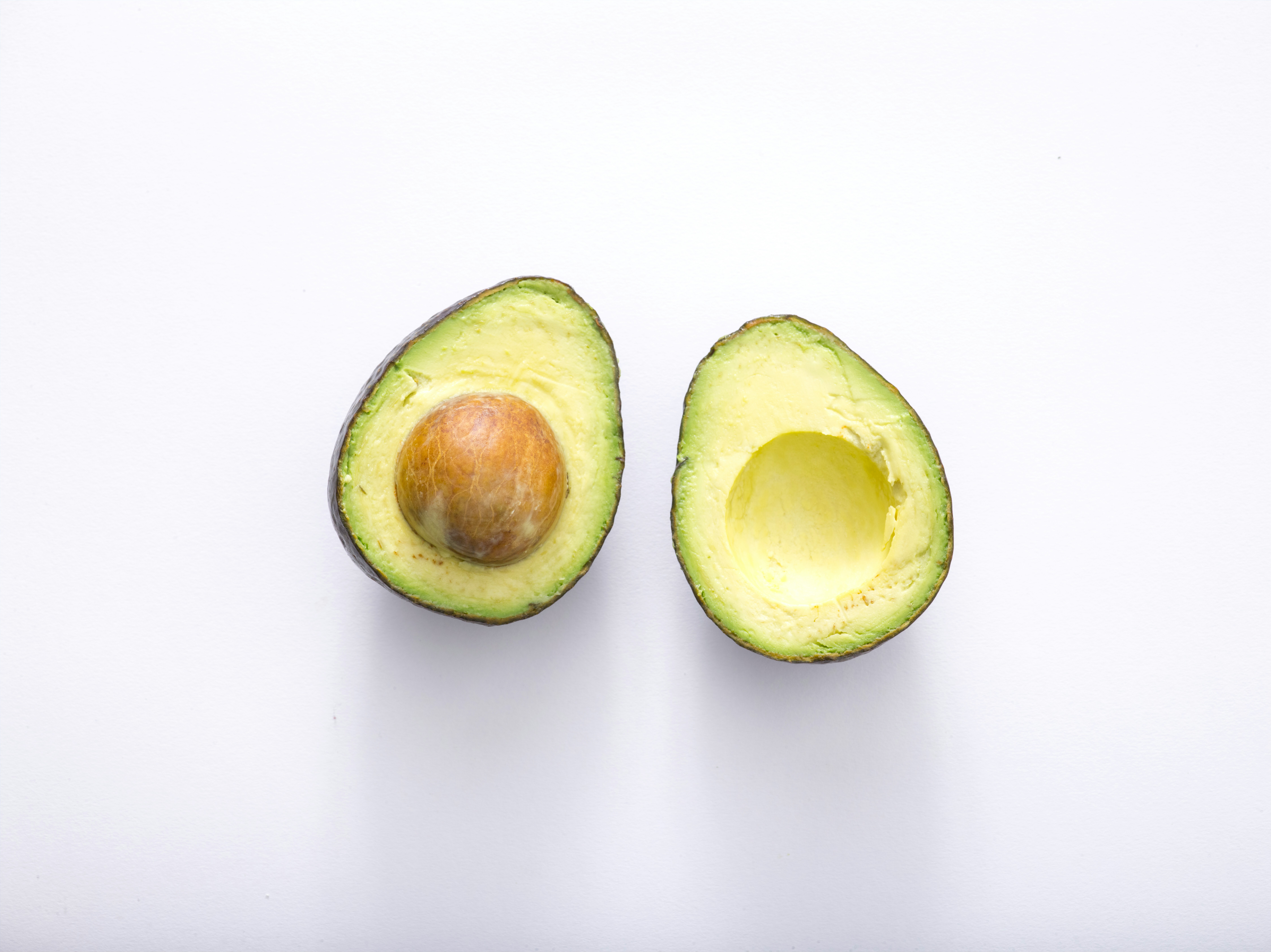Revitalize Your Routine with Mindful Moments for Better Health
In the hustle and bustle of modern life, where we often juggle work commitments, family responsibilities, and personal aspirations, it’s easy to overlook one crucial aspect: ourselves. We rush from one task to another, often forgetting to take a moment to breathe. But what if I told you that simply pausing to be mindful can radically transform your health and well-being? Yes, I know it sounds a tad cliché, but stick with me; I promise there’s substance here.
The Essence of Mindfulness
Mindfulness is not just a buzzword thrown around in yoga classes and self-help books; it’s a practice rooted in ancient traditions, particularly in Buddhism, where it’s used to cultivate awareness. At its core, mindfulness is about being present in the moment—fully engaging with your thoughts, feelings, and surroundings without judgment. It struck me how powerful this concept is when I realized that most of my stress came from worrying about the future or ruminating over the past.
Research shows that mindfulness can lead to a myriad of health benefits. Some studies suggest that regular practice can help reduce stress, improve focus, enhance emotional resilience, and even boost the immune system. So, how do we weave these mindful moments into our daily routines? Let’s dive into some practical approaches.
Start with Your Breath
One of the simplest ways to incorporate mindfulness is through focused breathing. It’s astonishing how a few conscious breaths can ground you. Take a moment right now—yes, right now!—to inhale deeply through your nose, hold it for a few seconds, and then exhale slowly through your mouth. (I won’t tell anyone if you close your eyes for this.)
Doing this for even five minutes can help clear mental clutter. The trick is to make it a habit. Consider setting reminders on your phone or sticky notes around your workspace. Or, if you’re more of a visual person, how about a lovely plant that reminds you to pause and breathe every time you glance its way?
Mindful Eating: More Than Just a Trend
Now, let’s talk about food. We all know the drill: between meetings and deadlines, eating can quickly become a mindless act. However, mindful eating encourages us to savor every bite, transforming meals from a rushed inconvenience into a delightful ritual.
So how do you go about it? Start by eliminating distractions during meals. This means no phones, no TVs, and definitely no scrolling through social media while chewing your food (I mean, who hasn’t been guilty of that?). Instead, focus on the flavors, textures, and aromas of what you’re eating. You might be surprised by how much you’ve been missing out on.
And here’s a little personal tip: I often find joy in preparing my meals with intention. Picking fresh ingredients, chopping veggies mindfully, and even plating the food can turn cooking from a chore into a meditative practice. Plus, let’s be honest, a beautifully arranged plate is almost too pretty to eat! Almost.
Movement with Awareness
Exercise is another area where mindfulness can make a profound impact. You don’t have to be a yoga guru or a meditation master to incorporate this principle into your fitness routine. Whether you’re running, cycling, or practicing yoga, try to focus on the sensations in your body as you move.
When I run, I like to pay close attention to how my feet hit the ground, how my breath syncs with my pace, and even the rhythm of my heartbeat. This not only enhances the physical experience but also keeps my mind from wandering to that endless to-do list waiting for me at home.
Consider exploring new forms of movement that inherently promote mindfulness, such as tai chi or qigong. These practices emphasize slow, deliberate movements and can be both invigorating and calming. Sometimes, the hardest part is simply stepping out of your comfort zone (and into those funky yoga pants).
Creating Mindful Spaces
Our environment plays a significant role in how we feel. A cluttered, chaotic space can lead to a cluttered mind. Therefore, creating a mindful space—whether that’s your home office, living room, or even a corner of your bedroom—can help foster a sense of calm and focus.
Start by decluttering. It’s amazing how much lighter you feel when you clear away physical distractions. Next, consider adding elements that evoke a sense of peace. This could be a cozy chair, a calming piece of art, or even candles that diffuse a soothing scent. I’ve found that having a dedicated spot for mindfulness practice—complete with soft cushions and a warm throw—makes it easier to slip into that state of awareness.
Mindful Technology Use
In today’s digital age, technology, while helpful, can often lead to more stress rather than less. Mindfulness can extend to how we engage with our gadgets. Instead of mindlessly scrolling through your feeds, set specific times for checking emails or social media, and stick to them.
Additionally, consider using apps designed to promote mindfulness. There are numerous options available that offer guided meditations, breathing exercises, and even reminders to take breaks. Just a word of caution: try not to let the technology become another source of distraction. It’s a fine line, and I’ve wobbled on it a few times myself!
Mindfulness in Relationships
Let’s not forget that mindfulness can enhance our connections with others. Being present in conversations, truly listening, and engaging without distractions can deepen your relationships. You know that moment when someone’s talking to you, and your mind drifts off to your grocery list? (Guilty as charged.) Instead, practice active listening. Nod, ask questions, and respond thoughtfully.
One technique I’ve found helpful is to repeat back what the other person has said before sharing my thoughts. Not only does this show that you’re paying attention, but it also helps clarify any misunderstandings. Plus, it can lead to some pretty enlightening conversations.
Integrating Mindfulness into Your Daily Routine
The beauty of mindfulness is that it can be integrated into your daily life seamlessly. Here are a few creative ways to do just that:
- Mindful Mornings: Start your day with a few minutes of silence or meditation before diving into the chaos.
- Mindful Commutes: Whether you’re driving or taking public transport, use this time to focus on your breath or listen to a mindfulness podcast.
- Mindful Breaks: Instead of scrolling through your phone during breaks, step outside and really take in your surroundings.
- Mindful Evenings: Establish a winding-down routine that allows you to reflect on the day and prepare for restful sleep.
Overcoming Challenges in Mindfulness
Of course, like any new habit, incorporating mindfulness into your life can come with its challenges. It’s easy to get distracted, and some days, it feels like your mind is racing at a million miles an hour. But that’s perfectly okay. The key is to be gentle with yourself and recognize that mindfulness is a practice, not a perfection.
When I find myself struggling to focus, I remind myself that it’s part of the journey. Instead of getting frustrated, I try to approach it with curiosity. What is my mind racing towards? What am I avoiding? This gentle inquiry can lead to deeper self-understanding, which is, after all, what mindfulness is all about.
Mindfulness and Mental Health
Emerging research increasingly suggests a strong link between mindfulness practices and mental health improvement. For individuals dealing with anxiety, depression, or chronic stress, mindfulness can serve as a valuable tool. It can help to regulate emotions, increase self-awareness, and develop coping strategies.
Some therapists incorporate mindfulness techniques into their practice, teaching clients how to observe their thoughts without judgment. This approach can be transformative, allowing individuals to break free from the cycle of negative thinking. It’s like having a mental toolkit that you can pull from whenever life gets overwhelming.
Conclusion: A Journey, Not a Destination
As we wrap up our exploration of mindfulness and health, it’s essential to remember that this journey is ongoing. Mindfulness is not about achieving a perfect state of calm; it’s about learning to navigate life’s ups and downs with a sense of awareness and grace.
So, as you step into your day, I encourage you to take those mindful moments. Whether it’s through breathing, eating, moving, or connecting with others, each small effort counts. And who knows? You might just find that the world appears a little brighter when seen through the lens of mindfulness. After all, as I often remind myself, life is happening right now—let’s not miss it.






